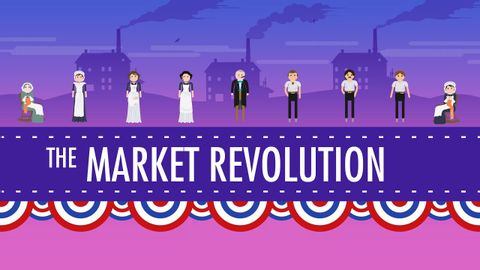
字幕と単語
市場革命。クラッシュ・コース アメリカの歴史 #12 (The Market Revolution: Crash Course US History #12)
00
Jane が 2021 年 01 月 14 日 に投稿保存
動画の中の単語
mean
US /min/
・
UK /mi:n/
- n. (c./u.)平均;手段
- v.t./i.意味する;~するつもりである;重要性をもつ;重要である
- adj.品質の悪い;意地悪な;けちな;平均の;粗末な
A1 初級TOEIC
もっと見る エネルギーを使用
すべての単語を解除
発音・解説・フィルター機能を解除
